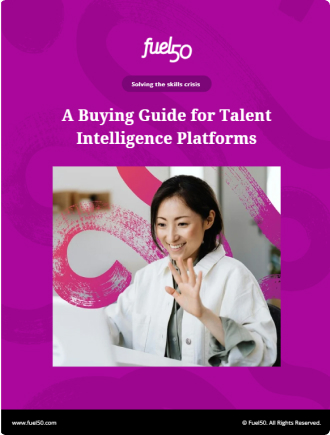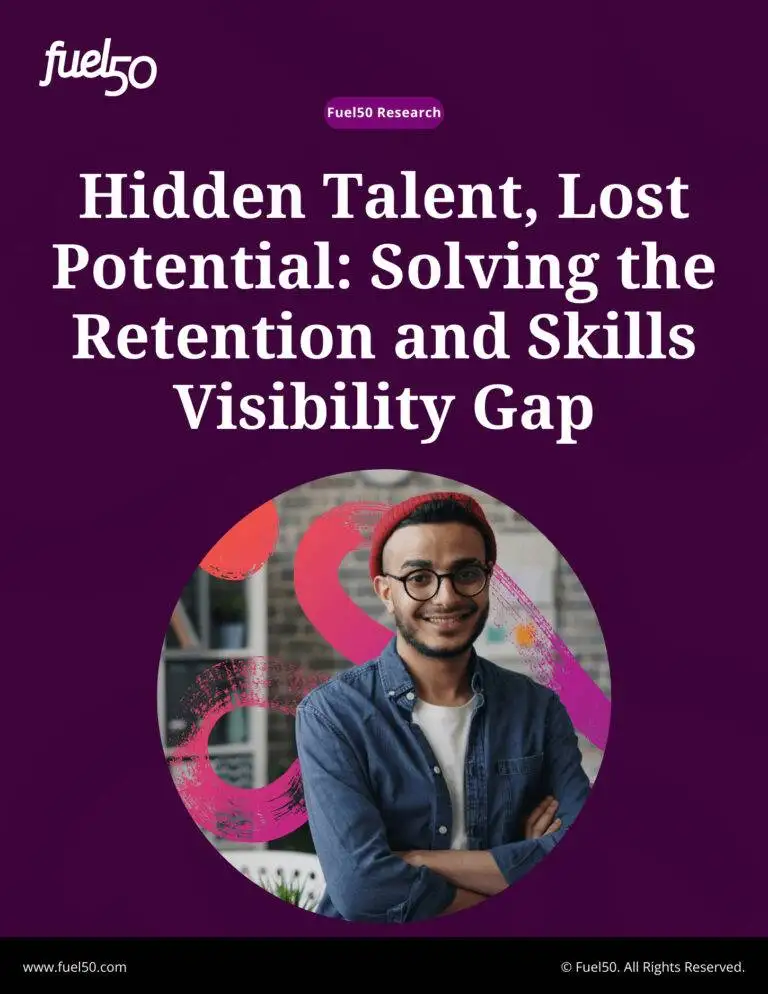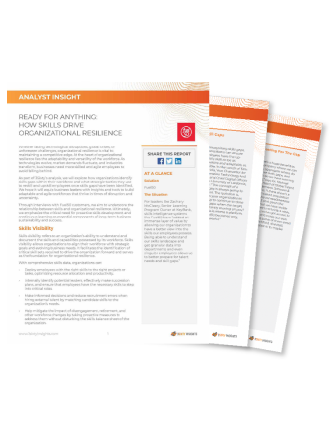Generative AI has taken the world by storm with the rapid adoption of tools such as ChatGPT, DALL-E, TensorFlow, and many more. According to McKinsey research, 40% of organizations will increase their investment in generative AI because of significant advances in the technology.
As the use of AI continues to rise, its impact is transforming how we work by enabling enhanced productivity, facilitating streamlined processes, and supporting the augmentation of intelligence. However, despite the growing interest, leaders are concerned about its potential security risks, ethical complications, and biased outcomes. Organizations must recognize their responsibility to use the technology ethically and safely.
Addressing the Ethical Concerns of AI
Addressing the ethical concerns and potential risks associated with AI technology and understanding how to mitigate and/or avoid their impact enables your organization to harness generative AI ethically and safely.
Job Disruptions and Displacement
While AI can help increase employee productivity and efficiency, it can also cause job disruptions and losses. According to Goldman Sachs, over 300 million jobs will be impacted by AI. However, advocates for AI argue that there is no cause for concern, as we have adapted to new technologies in the past and should instead focus on the new job opportunities AI will bring, such as prompt engineers, AI trainers, and machine managers.
However, we must still consider the impact AI will have on the current workforce. To keep up with evolving AI technology, organizations must identify new skills required by employees and provide training programs to close skills gaps across their workforce.
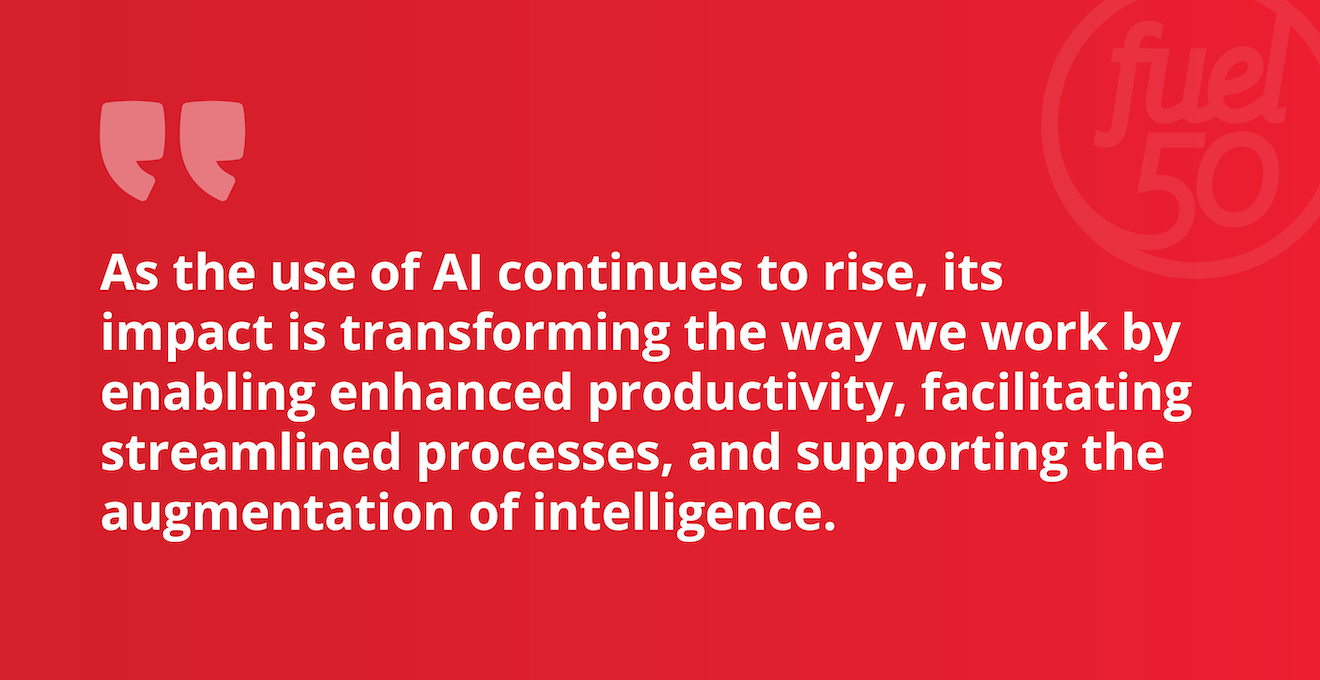
Potential Bias and Misinformation
AI tools are only as effective as the data applied to fuel them. If biases or incorrect information are present within the data used to train AI models, outputs may unintentionally include and amplify these biases, resulting in hallucinations – an output that is either nonsensical or outright false.
Such biases can also lead to the spread of misinformation, discrimination against certain groups of people, and the creation of content that targets marginalized groups and perpetuates harmful stereotypes. To avoid this, organizations must ensure their datasets are diverse, inclusive, and free from bias. This requires data to be analyzed efficiently and checked frequently.
Privacy Issues
Generative AI tools unfortunately can’t guarantee complete data privacy. According to Forbes, this can be especially concerning for businesses whose contracts are designed to ensure privacy or confidentiality for clients. Given the sensitive nature of this type of information, there are concerns about violation of privacy, security breaches, mishandling of information, and unauthorized access.
“If a business enters any client, customer or partner information into a chatbot, that AI may use that information in ways that businesses can’t reliably predict.” Jodi Daniels, Founder and CEO of Red Clover Advisors
To mitigate these issues, there are several tools that organizations can use to protect data and restrict unauthorized access or processes. These include data masking and anonymization, encryption, access control, and audit tools. Most generative AI tools also offer an opt-out feature for user data collection. However, it is important to keep in mind that this cannot guarantee full confidentiality and privacy.
At the end of the day, businesses must ensure they are using AI services from reputable vendors. When vetting for services, be sure to ask yourself the following questions:
- What security measures are in place?
- What will happen with the data that is collected?
- Will data be separate or combined?
Using Generative AI Ethically
Setting guidelines and best practices for how your organization utilizes AI ensures employees are using it safely and responsibly. Creating ethical guidelines enables your organization to:
- Protect your customers and their personal data
- Protect proprietary corporate data
- Protect employees from the disruption of AI
- Prevent dangerous biases and falsehoods from being proliferated
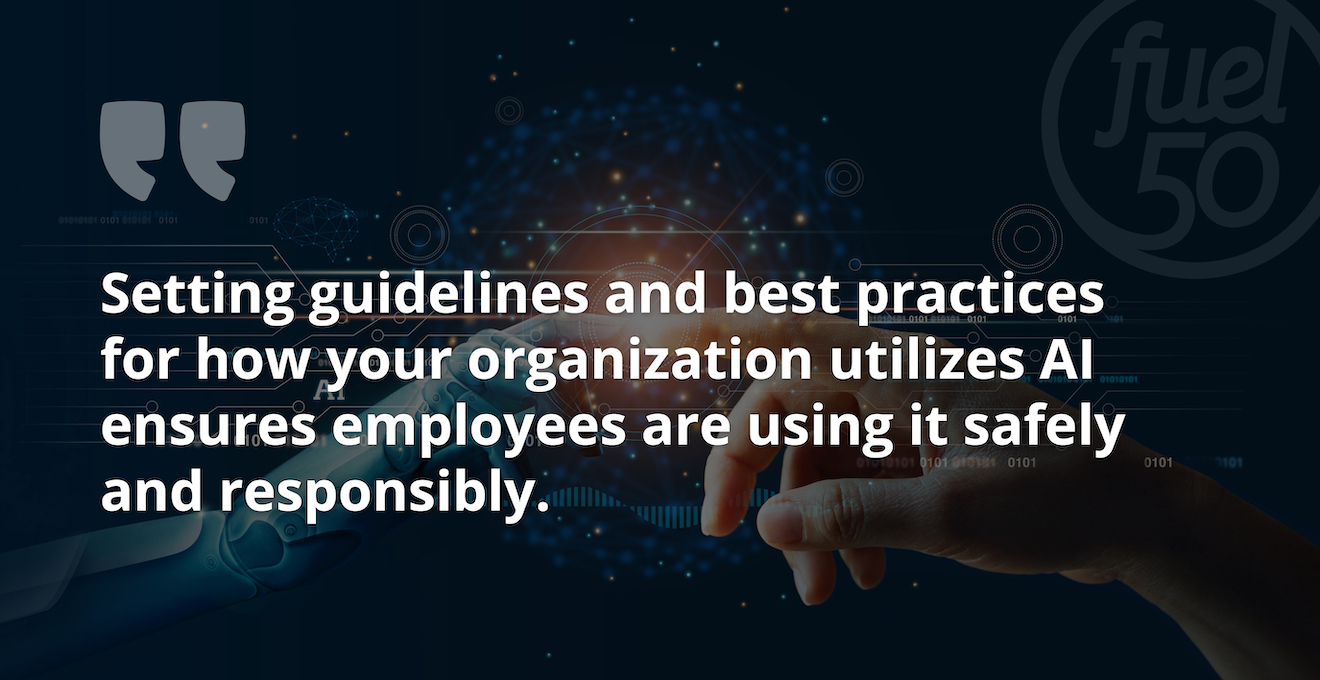
Consider the following strategies to ensure the best use of generative AI within your organization:
Give employees adequate AI training
Despite the wide adoption of generative AI tools, in a survey by TalentLMS only 14% of employees report having received AI training so far, and 49% of employees say they need training on how to use AI tools before they can use them with confidence. The need for AI skills is growing more than ever, so it is important to train employees and provide adequate resources to ensure they know how to use the tools appropriately for company use.
Regular testing for bias and inaccuracies
As mentioned, AI algorithms can present bias and misinformation. Thus, it is important to engage in regular testing to ensure that used outputs are free from such errors. According to KPMG, this can involve assigning certain employees the responsibility of evaluating outputs and analyzing training data to identify potential sources of bias. This is an essential step in ensuring that AI systems are fair and equitable for everyone.
Develop policies and guidelines around the use of AI
The best way to mitigate potential risks surrounding AI is to create a well-defined policy that outlines best practices for the development, procurement, implementation and use of AI within the workplace. Some key considerations that organizations should consider when planning their policy are:
- How to deal with AI incidents and issues
- Legal and regulatory requirements
- Criteria for assessment of AI systems
- Transparency and accountability
- Governance operating model
- Risk-based classifications of AI
- Approving AI systems and use cases
- Holistic assessment and value alignment
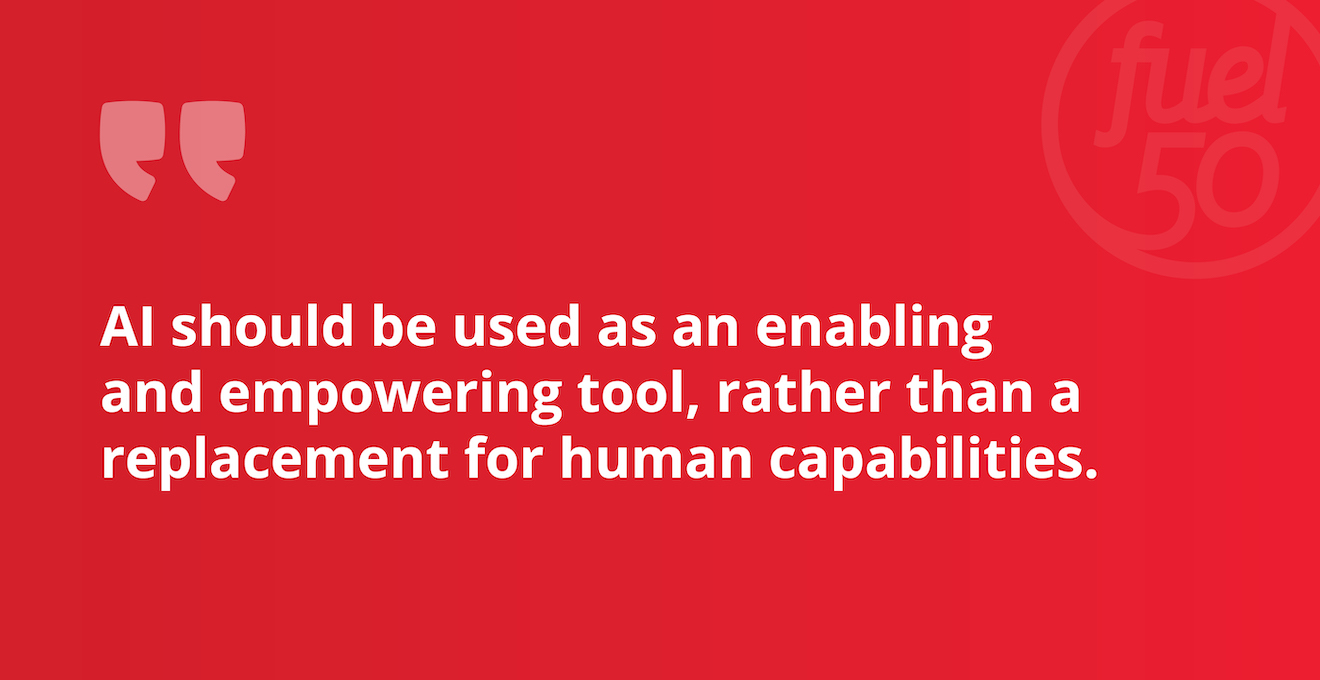
Remember – AI should be an enabler, not a replacer
While AI has powerful and game-changing capabilities, it’s important to remember that it should not be solely relied on. There are still limitations to generative AI tools today, such as the lack of emotional and business context, creativity, problem-solving, and critical thinking – skills that are grounded in human intelligence.
AI should be used as an enabling and empowering tool, rather than a replacement for human capabilities. Organizations that embrace this perspective and prioritize an ethical and human-first approach to AI will be able to harness the technology in a way that benefits everyone involved.

